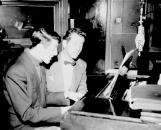8
It was not unusual for the representative of a record label personally to promote a new record on the radio, especially in the regions. Access to the airwaves has always been an excellent way to promote records. Host Jacques Normand certainly attracted many listeners. A good number of studio musicians were still heard. However, the use of records became the norm for the private stations.9
Pianists Jos Brousseau and Marcel Grondin of the Montagnards laurentiens21 May 1949
Quebec, Quebec, Canada
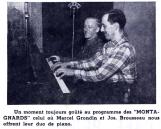
10
Radio (Radio-Canada, CHLP, CHLN, CKAC, CKVL) promoted Quebec singer-songwriters and folk singers and groups: Les Montagnards laurentiens on CHRC, Quebec, the Quatuor Alouette live in the 1930s, and Lionel Daunais.11
The Montagnards laurentiens performed a traditional repertorie that inspired many musicians21 May 1949
Quebec, Quebec, Canada
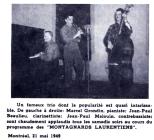
13
The private radio stations (CKAC, CKVL) broadcast variety shows in which local songs slowly took their place (Quebec performers started by offering adaptations or foreign hits, then later began performing local work); at the end of the 1950s, according to Fernand Robidoux, Quebec radio stations were playing American records whose main function was promotional; the European and Canadian companies didn't have big budgets and were already having trouble competing with American "dumping".14
Host Jean-Pierre Masson of CKVL, choosing records1949
Montreal, Quebec, Canada
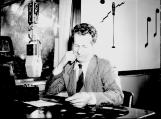 Credits:
Credits:Archives nationales du Québec collection
15
Parade of French songs on CKVL hosted by Guy Mauffette1948
Montreal, Quebec, Canada
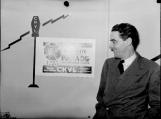 Credits:
Credits:Archives nationales du Québec collection
16
The proliferation of song contests in the 1950s was a promotional tool that served both industries. Today's private stations are not re-inventing the wheel. Nonetheless, the impact of these contests on Quebec culture has been fundamental. Local singer-songwriters created an indigenous means of expression, which found its audience at home.17
Records being played in a CKVL studio1948
Montreal, Quebec, Canada
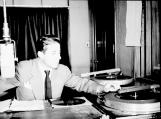 Credits:
Credits:Archives nationales du Québec collection
18
Singer and folklorist Isidore Soucy and Jean Rafa, recorded at the Faisan Doré for broadcast on CKVL26 February 1950
Montreal, Quebec, Canada
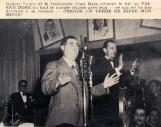
19
Pianist Billy Munro on CKVL7 July 1951
Montreal, Quebec, Canada
 Credits:
Credits:Bibliothèque nationale du Québec collection
20
The contest 'Nos futures étoiles' ('Our future stars')21 May 1949
Montreal, Quebec, Canada
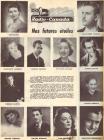 Credits:
Credits:Bibliothèque nationale du Québec collection
